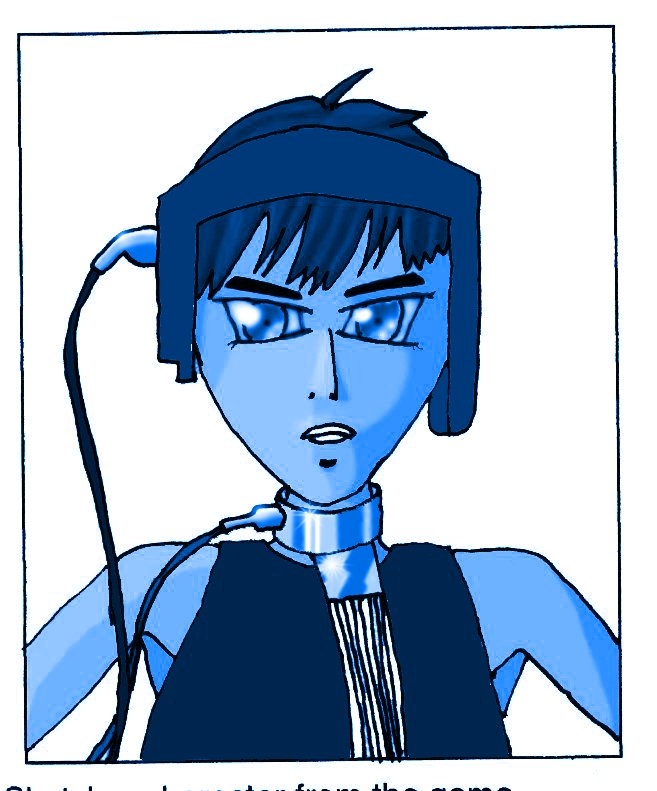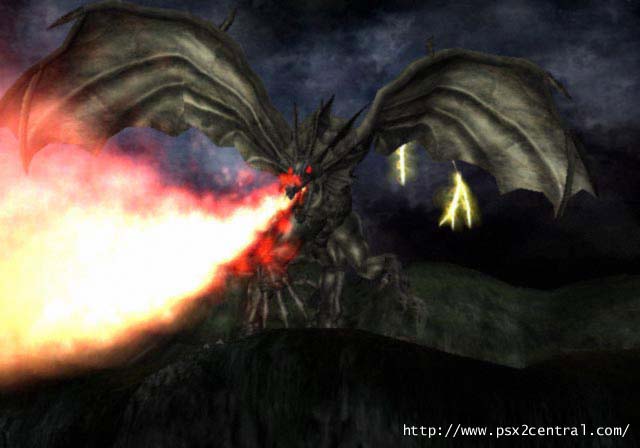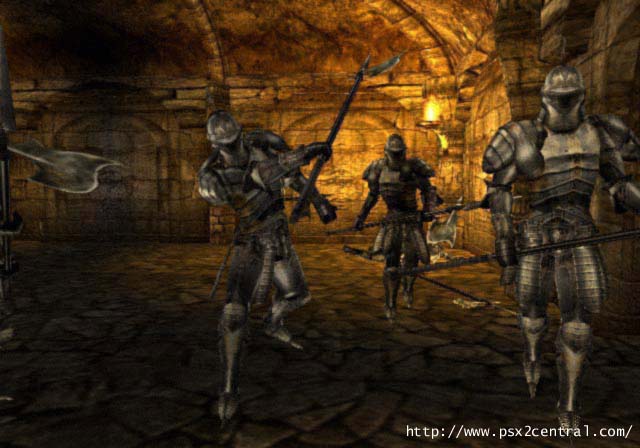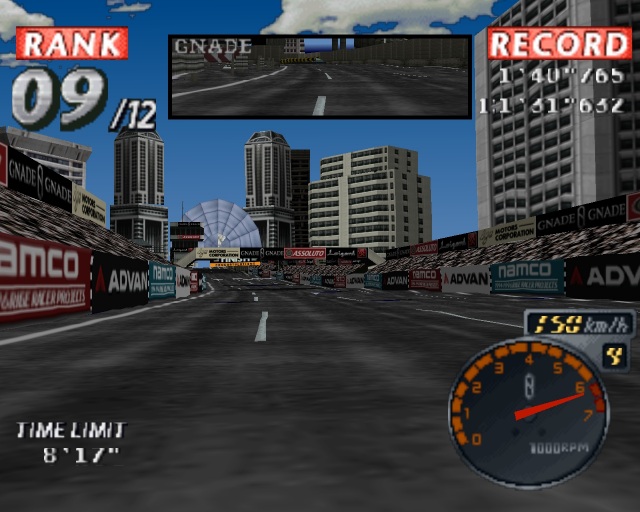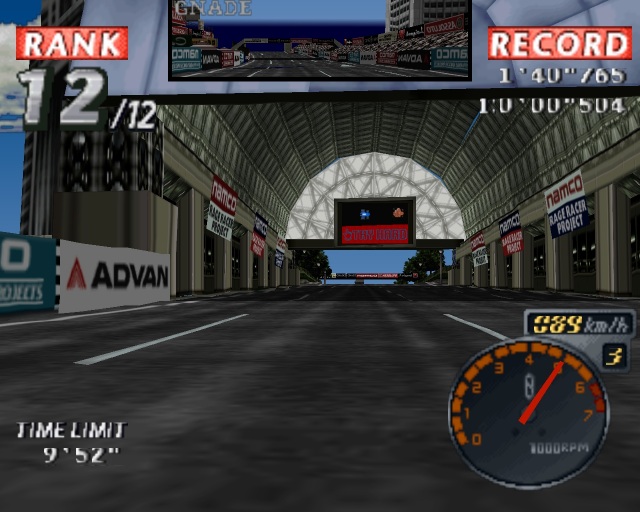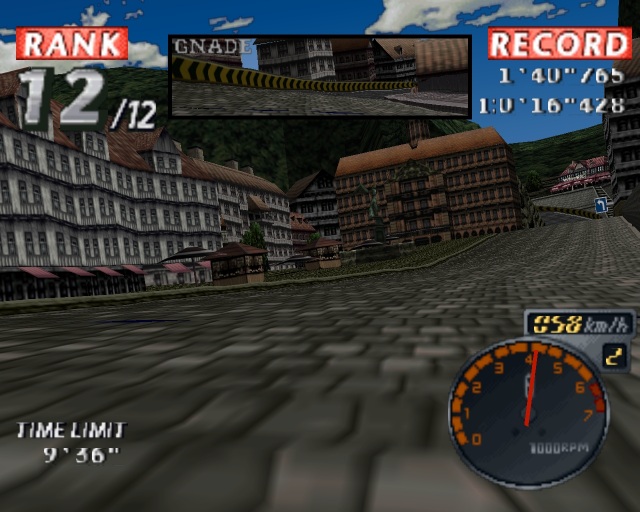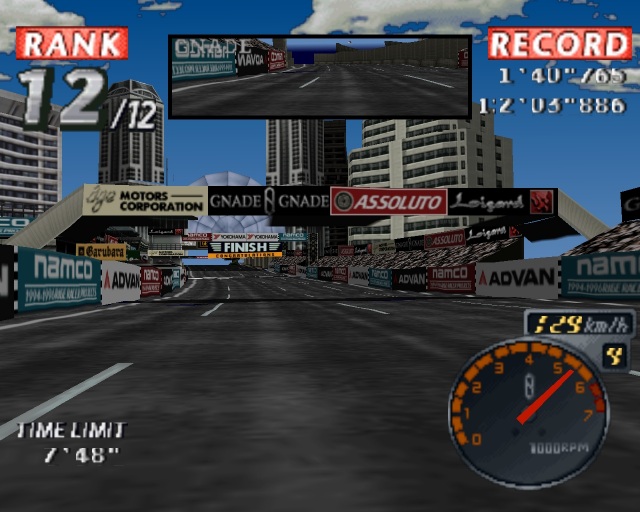Over the last few years The Internet has become an increasingly popular medium for communication so what is it and where did it come from?. The Internet is basically a network of networks on a global scale. It enables computers of all kinds to communicate with each other and share information throughout the world.
The Internet is an important tool for communication for many people and organisations. Companies often have their own web sites to advertise themselves and provide information on their products or services. For the rest of us the Internet can be used for such things as researching products, expressing opinions and ideas, getting opinions and ideas, displaying your work, getting news, either mainstream news or news on a specific topic, keeping in touch through e-mail, or just for pure entertainment. As you can see the Internet has many uses, and it has not yet reached it's potential. Limits due to technology, especially the connection speed over phone lines, can make the Internet experience very slow. Once the limits of technology have been lifted the Internet should become the perfect medium for the exchange of information.
What makes the Internet so successful is that it is so large and diverse. It is a shared global resource of information and it allows collaboration and cooperation between communities that otherwise wouldn't have access to each other. The diversity of information available means that there is something to be found on every imaginable topic and then some.
In the future the internet will become even more popular with an increace in internet shopping and virtual travel. Both of these things will make the internet appeal to more people than it currently does. Internet shopping especially is expected to grow very rapidly as it gives us access to a great range of products otherwise not available to us. Currently there are only a few successfull internet shops but as more people get into the idea of internet shopping there will be a lot more of these shops opening. Internet shopping also provides a good buissiness model for companies. Manufacturers can sell their products directly to the consumer for a cheaper price as they will not have to worry about the retail shop's profit margin.
Security issues of the Internet.
One of the main problems of the Internet is security. Private details such as credit card details, bank accounts, and other private details might have to be sent over the Internet in order to make a transaction, if someone intercepted this information they could impersonate you and make other transactions as you. The three most common types of security breaks are:
Of course There are various security measures used to prevent this from happening. The standard security program used in web browsers such as netscape navigator and Internet explorer is called the secure sockets layer (SSL). SSL encrypts messages using a pair of keys, each recipient has a private key that is kept secret and a public key. When sending a message the sender's system looks up the recipient's public key to encrypt the message. When the recipient received the message they use their private key to decrypt the message. SSL provides security for Internet shopping, browsing, maintaining Internet accounts and for sending general communications.
Encryption keys vary greatly in their complexity. They are found at commonly at levels of 40 56 and 128-bit. The higher the level the greater the level of security, 128-bit keys are virtually crack proof. The problem with encryption is that there is still the chance of impersonation as the sender has no way of knowing that the person they are sending the message to is the person they say they are. To tackle this problem there are digital certificates that verify that a given public key belongs to the person that says they own it. These give additional security, they contain information such as the holder's public key, the authority that issued the certificate, certificate serial number, expiration date and digital fingerprint.
Telecommuting
Telecommuting is when an employee is allowed to perform some of their work duties from an alterative location. The employee is logged onto their employer's commuter network from an external workstation (usually at the employee's home) so that they can have aces to all of the data they might need to perform some of their job's tasks from home.
Telecommuting is an option of the employer and is used to cut costs on things such as office space and equipment. It can also allow an employee to continue some of their tasks if they have an accident or are sick. for example If an employee was expecting to have a long stay in hospital they could set up some equipment so that they could still do part of their job. Telecommuting can also help to keep employees who need flexible hours or would otherwise have to travel too far to get to work. Other advantages of telecommuting are, it can provide workers with fewer distractions, costs less for employees as they don't have to commute to work and back every day or follow dress code, less hours spent each day working as there is no commuting necessary.
Some disadvantages of telecommuting are, employees unable to telecommute may be unhappy as their job is unsuitable, it can be hard to supervise tellecommuters and this can compromise job productivity if the worker thinks they can get away with doing little work, it is expensive to set up alterative work sites, may need to change office hours to account for tellecommuters, if technical assistance is required by the telecommuter it can prevent them from doing their job for a while. Telecommuting is likely to become a lot more popular in the future as there will be more jobs that can support it and regular commuting will become less efficient as our cities CBD's become more crowded.
The World Wide Web
The Internet and the World Wide Web (WWW, is the same thing as the information superhighway) are often thought of as the same thing today but they are really 2 different things. The concept of the WWW was thought up in 1989 by Tim Berners-Lee and his colleagues. They wanted to make it easier to retrieve information from the Internet so that anyone could use it. In 1990 they had developed a Browser and editor that used HTML (Hypertext Markup Language), this program was called the WWW. With this new system it allowed page designers to show their information using a graphic layout rather than just a series of documents.
The term "the Internet" is used by most people to describe the physical structure of the net, the client and server computers and the phone lines and cables that connect it all together. The WWW is used to describe the collection of sites and information that is kept on the Internet.
The "Global Village"
The concept of the global village is that all of the information on the WWW is accessible to anywhere in the world, it doesn't matter where you are when you're on the Internet you are part of the global village. It also refers to the fact that the Internet allows cooperation and sharing between everyone on the Internet where this would not otherwise be possible.
The History of the Internet.
When the Internet was first devised it was vastly different to the Internet today. It was a relatively small network that involved universities, the military and other government agencies in the US. It was called the ARPANET (Advanced Research Project Agency NET) and was developed in 1969 By the US Department of Defence's(DOD) ARPA(Advanced Research Project Agency) to explore the possibility of a communication network that could survive a nuclear attack during the cold war. After the cold war it was continued because the DOD, it's contractors and the universities found it a very convenient method of communication.
For the first decade that the Internet was in existence, it was primarily used to facilitate e-mail, support online discussion groups, allow access to distant databases, and support the transfer of files between government agencies, companies and universities. At this time the Internet was accessed only through large mainframe computers which were found in some companies, government agencies and universities. It was accessible only to a select few who had access to these mainframe computers and it was only used for official business.
During the early 1980s, all the interconnected research networks were converted to the TCP/IP protocol (this enables all of the networks of the Internet to send data back and forth), and the ARPANET became the backbone (the physical connection between the major sites) of the new Internet, which comprised all TCP/IP-based networks connected to the ARPANET. This conversion to TCP/IP was completed by the end of 1983 - and the Internet close to as we know it was born.
In 1990, HTML, a hypertext Internet protocol which could communicate the graphic information on the Internet, was introduced. Each individual could create graphic pages (a Web site) using HTML, which then became part of the WWW . The enhanced Internet was informally renamed the Web and a huge additional audience was created. As many more people could now access the Internet through personal computers which were now more available to the public.
A number of different services have developed over the years to facilitate the sharing of information between the many sites on the Internet. Because the Internet was originally research-oriented, many of these services were hard to use and poorly documented. Now that the Internet has been opened to commercial and private sites, new services are being developed that are easier to use, and new interfaces to the older services make them more friendly.
The Internet is constantly changing and evolving as new technologies are introduced, new web sites are created and old ones are updated. The Internet in 10 years time is likely to be vastly different to the Internet now. If Internet users from 10 years ago saw the Internet now they would be astonished at how much it has changed and how popular it has become. 10 years ago the Internet was still not allowed to contain commercial material and used text based browsers.
A Time line of significant events in the history of the Internet.
1962- The Internet is first conceived by researchers by the US Department of Defence as part of the cold war technology race.
1965-The DOD's Advanced Research Project Agency(ARPA) begins work on the "ARPANET"
1969-ARPANET connects the first 4 universities in the US
1971-The ARPANET grows to 23 hosts connecting universities and government research centers in the US
1973-The ARPANET connects it's first international hosts, the University college in London and the Royal Radar Establishment in Norway.
1981-The ARPANET has grown to 213 hosts.
1982-The term "Internet" is first used
1982-1987-TCP/IP protocol is introduced, now the collection of networks that made up the ARPANET are united as the Internet.
1983- TCP/IP becomes the universal language of the Internet.
1984-The number of Internet hosts exceeds 1000.
1987-The number of Internet hosts exceeds 10000
1990-The ARPANET is decommissioned, leaving the vast network now known as the Internet.
1991-The World Wide Web is born
1991-The National Science Foundation lifts restrictions on commercial use of their NSFNET, the backbone of the Internet. This clears the way for the age of electronic commerce.
1992-There are more than 1000000 Internet hosts.
1993-The first graphics based web browser, Mosaic, becomes available.
1995-The NSFNET reverts back to a research project which leaves the Internet in commercial hands.
1996-There are nearly 10million Internet hosts. Approximately 40million people are connected to the Internet. Almost 150 countries are now connected to the Internet.
1997-1999-The Internet continues to grow at a phenomenal rate.
![]()
